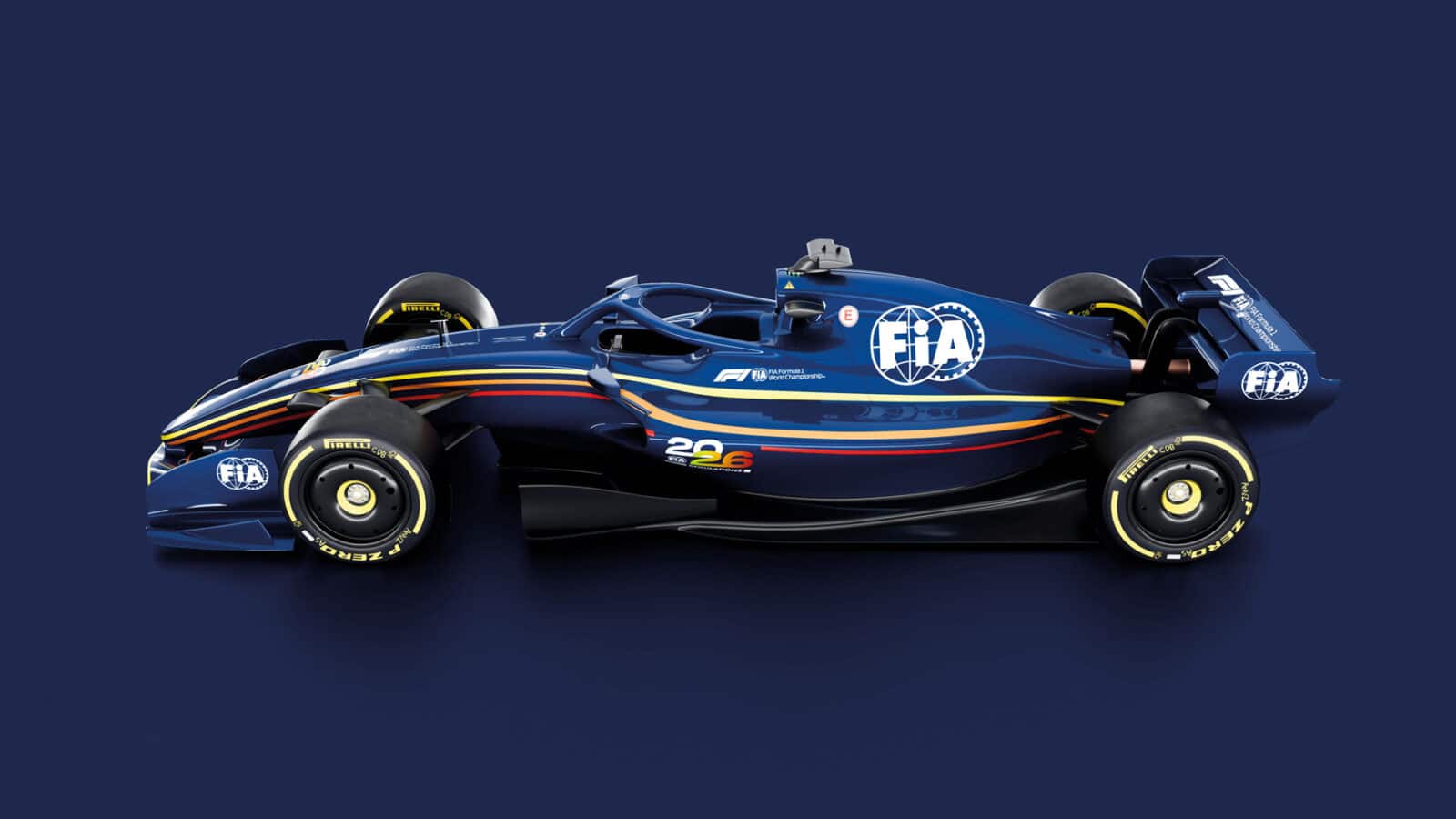Karun Chandhok: ‘F1 has missed the buzz of true competition. Why will the rules change so soon?’
Just as the chasing pack appear to have the measure of Red Bull, so F1’s new regulations for 2026 appear, which will probably spread the field again

The FIA has revealed plans for cars to be smaller, nimbler and more eco-friendly from 2026 with a near 50-50 split between electric and IC power. But do constant rule changes impede competition?
FIA
As we get over the first third of the 2024 F1 season I think it’s fair to conclude that the chasing pack has started to make inroads into the Red Bull advantage. At the start of the season Max Verstappen was able to rattle off the pole positions with ease. At the opening three weekends he had a gap of about three tenths over the best non-Red Bull with the gap in China growing up to half a second.
Since Miami, however, McLaren, Ferrari and Mercedes have all started showing better form and Max wasn’t on pole for three races in a row after sneaking ahead by just eight hundredths in Imola. This trend is perhaps better illustrated in the way that Sergio Pérez’s form has dipped. The Mexican qualified in the top two rows at four of the first six grands prix but his run through Imola, Monaco and Canada delivered 11th, 16th and 16th starting positions.
This convergence of form is something we’ve come to expect whenever there’s a shake-up of the rules. When we started this cycle in 2022, Ferrari seemed to have a car that was as fast as the Red Bull but the Milton Keynes squad found another gear after the summer break and moved ahead. This uplift in performance carried on through 2023 but as the inevitable flattening of the development curve kicks in, it does seem like Ferrari are getting closer to the pace again. Certainly the final few rounds where Leclerc qualified on the front row five consecutive times was a clear sign that they had at least found the right direction to develop in.
Mercedes started this era badly and while there have been flashes of speed, we haven’t seen any consistent challenge since 2022. After the Canadian GP, Lewis Hamilton hadn’t had a podium in 12 races!
Listening to people like James Allison and Andrew Shovlin, though, it feels like they have finally started to genuinely get an answer for where they need to unlock some performance and the upgraded wing introduced for Monaco has created a level of consistent balance that the drivers have craved.
McLaren’s renaissance, on the other hand, has been the most impressive since Jordan in 1998, creating a chasing pack of six drivers who are now all capable of getting a podium alongside the Red Bull pair.
Walking into the paddock on a Saturday and not knowing who is going to get pole just changes the whole dynamic of the weekend for all of us working in the sport and more importantly for everyone watching at home. There’s a buzz as we head into qualifying and the drivers are pushing to be millimetre perfect. Every degree of tyre temperature matters on the prep laps and there’s no room for complacency. We’ve missed having this feeling since Red Bull dominance began in 2023. Now it’s firmly back.
This has created the question in my mind about the length of the rules cycle we have at the moment. A small but significant tweak to the rules around the rear floor in 2021 created an epic season with Lewis and Max heading to the final round equal on points. We saw several other teams popping up into contention on occasion and on the whole, the pack was much closer (top nine teams in 2020 were covered by 2.8% versus 1.9% in 2021).
“The rule changes for 2026 represent the biggest reset since 2014”
Inevitably, the field spread apart in 2022 with the new rules but over time this has slowly converged. In terms of outright qualifying speed, the top six teams were 1.6% apart in 2022 whereas so far this season that gap is 0.92% – the closest it has ever been. The good news is that we will have an evolution of these cars going into 2025 but the downside is that the rule changes for 2026 represent the biggest reset the sport has seen since 2014 and arguably even more so.
This, of course, will probably spread the field apart once again. Think back to 2014 when the Mercedes power unit was so far ahead of the rest; we could face this scenario again. I’ve seen so many fans asking if we can delay the change to the rules so we can reap the benefits of this convergence but sadly that’s not an option as the FIA, teams and engine suppliers are all ploughing ahead with 2026 plans now.
In my view, the rules cycles are too short for such wholesale changes. We had a three-year run from 2014-16, a four-year run from 2017-21, with another four-year run now. We’ve learnt that towards the end we get great competition so why don’t we have a six-year cycle with smaller changes in between? This will control costs but crucially we could enjoy an extended period where the teams are close and we can enjoy unpredictable race weekends. I would suggest that this is something the FIA and F1 need to look at for 2026.
A former racing driver in Formula 1, WEC and Formula E, Karun Chandhok is an analyst for Sky Sports F1
Follow Karun on Twitter @karunchandhok
